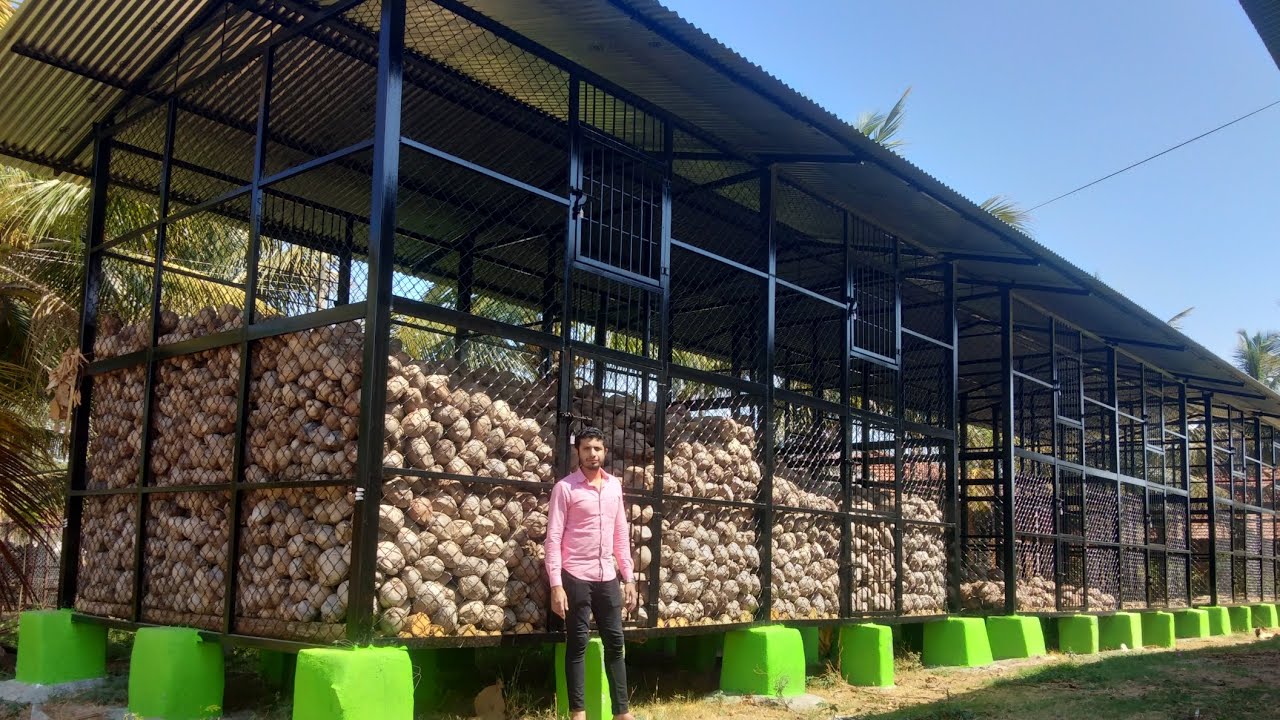

Articles
How To Store A Coconut
Modified: January 8, 2024
Learn the best techniques and tips for storing a coconut with our comprehensive articles. Keep your coconuts fresh and ready to use!
(Many of the links in this article redirect to a specific reviewed product. Your purchase of these products through affiliate links helps to generate commission for Storables.com, at no extra cost. Learn more)
Introduction
Welcome to the wonderful world of coconuts! If you’re a fan of this tropical fruit, you probably know that coconuts are not only delicious, but also incredibly versatile. Whether you use the coconut water to hydrate after a workout or enjoy the sweet and creamy coconut meat in your favorite recipes, coconuts are a true delight.
However, once you’ve purchased a coconut, you may wonder how to store it properly to ensure it stays fresh and tasty. In this article, we will guide you through the steps of storing a coconut to maximize its shelf life and maintain its optimal flavor. So, let’s grab our coconuts and get started!
Key Takeaways:
- Choose ripe, heavy coconuts with a firm texture and brown husk. Remove the husk, drain the water, wash, and dry the coconut before storing it in a cool, dry place for optimal freshness and flavor.
- Store coconut meat in the refrigerator in an airtight container and coconut water in the fridge for 3-5 days. Regularly check for spoilage to enjoy the versatility and delicious taste of coconuts.
Read more: How To Store Coconut
Step 1: Choosing a ripe coconut
The first and most crucial step in storing a coconut is selecting a ripe one. A ripe coconut will be heavy for its size and have a firm texture. It should also have a solid sound when you tap it with your fingers. Avoid coconuts that have any visible cracks, mold, or a sour smell, as these are signs of spoilage.
When choosing a coconut, pay attention to the color as well. A ripe coconut will have a brown husk, whereas a green husk indicates that it is still immature. The coconut should also feel heavy for its size, which indicates that it is full of water.
If you’re unsure about the ripeness of a coconut, you can use a simple trick to determine if it is fresh. Hold the coconut up to your ear and shake it gently. If you hear sloshing sounds, it means there is still plenty of water inside, indicating that the coconut is fresh and ripe.
By selecting a ripe coconut, you’re setting the foundation for a delicious and enjoyable coconut eating experience. So, take your time to carefully choose the perfect coconut for storage.
Step 2: Removing the husk
Once you have chosen a ripe coconut, the next step is to remove its husk. The husk is the fibrous outer layer that surrounds the hard shell of the coconut. Removing the husk is essential as it can harbor moisture and potentially lead to spoilage if left intact during storage.
There are a few methods you can use to remove the husk. The most common method is using a sharp knife or a machete. Begin by holding the coconut firmly in one hand and carefully positioning the blade of the knife near the base of the coconut. Apply pressure and make a small incision to start separating the husk from the shell. Continue rotating the coconut while cutting away the husk in sections until you have completely removed it.
If you don’t have access to a knife or prefer a less labor-intensive method, you can also use a hammer or mallet to crack the husk. Hold the coconut in one hand and use the hammer or mallet to strike the husk firmly, rotating the coconut as you go. Keep striking the husk until it begins to crack and loosen, allowing you to peel it off easily.
Once the husk is removed, you will be left with the smooth, hard shell of the coconut. This shell will serve as a protective layer for the coconut meat and water during the storage process. Now that the husk is gone, we can move on to the next step in storing your coconut.
Step 3: Draining the coconut water
After removing the husk, it’s time to drain the coconut water. Coconut water is the refreshing liquid found inside the coconut and is packed with electrolytes and nutrients. However, if you plan to store the coconut for an extended period, it is wise to drain the water to prevent fermentation and potential spoilage.
To drain the coconut water, start by locating the three round “eyes” or indentations on the top of the coconut. These eyes are actually soft spots where you can easily puncture the shell to release the water. Take a clean screwdriver or a sharp knife and carefully pierce one of the eyes. You may need to apply gentle pressure to break through the shell.
Once you have made a hole, tilt the coconut over a bowl or cup to allow the water to drain out. Some coconuts may have more water than others, so be prepared for varying amounts. You can gently shake or rotate the coconut to encourage the water to come out more easily.
Once all the water has been drained, you can save it for immediate consumption or use it in recipes such as smoothies, juices, or even as a natural sports drink. Remember to strain the coconut water to remove any loose particles that may have fallen in during the draining process.
By draining the coconut water, you are ensuring that the coconut stays dry, reducing the risk of bacterial growth and extending its shelf life. With the water drained, we can proceed to the next step of storing your coconut.
Step 4: Washing the coconut
Before storing your coconut, it’s important to give it a good wash. Washing the coconut helps remove any dirt, debris, or residue that may still be present on the outer shell. This step is crucial to maintain the cleanliness and hygiene of the coconut, minimizing the risk of contamination and spoilage.
To wash the coconut, start by holding it under running water and gently scrubbing the entire surface with a clean brush or sponge. Pay extra attention to any stubborn stains or remaining husk fibers that may cling to the shell. Use a bit of mild dish soap if necessary, but make sure to rinse the coconut thoroughly afterward to remove any soap residue.
After washing the coconut, you can pat it dry with a clean towel or allow it to air dry naturally. Make sure to dry it completely before moving on to the next step. This step is essential as moisture on the coconut’s surface can create a favorable environment for mold or bacteria to grow, leading to spoilage.
By properly washing and drying the coconut, you are ensuring that it is clean and free from any contaminants. This will help maintain the quality and freshness of the coconut during storage. With the coconut cleaned, let’s move on to the next step in the storage process.
Store a coconut at room temperature for up to 4 months or in the refrigerator for up to 6 months. Once opened, store the remaining coconut in an airtight container in the refrigerator for up to 4 days.
Read more: How To Store Coconut Oil
Step 5: Drying the coconut
After washing the coconut, it’s time to properly dry it before storing. Drying the coconut helps remove any residual moisture and prevents the growth of mold or bacteria during storage. A dry coconut will have a longer shelf life and maintain its optimal flavor and texture over time.
To dry the coconut, start by patting it dry with a clean towel. Absorb as much moisture as possible by gently pressing the towel against the surface. Make sure to dry the entire coconut, including all the nooks and crannies.
Once you’ve removed most of the moisture with the towel, place the coconut in a well-ventilated area with good air circulation. You can leave it on a clean kitchen towel or a wire rack to allow for proper airflow. It’s important to choose a location away from direct sunlight, as excessive heat can cause the coconut to spoil.
Allow the coconut to air dry for at least 24 to 48 hours, or until it feels completely dry to the touch. This step may take longer depending on the humidity level in your environment. The drying process is crucial as it ensures that no lingering moisture is present, which can accelerate the spoiling process.
Once the coconut is completely dry, it’s ready for storage. You can move on to the next step to learn how to store the whole coconut or proceed to the subsequent steps if you plan to store the coconut meat or water separately.
By taking the time to thoroughly dry the coconut, you’re setting the stage for optimal storage conditions. Remember, a dry coconut is a well-preserved coconut!
Step 6: Storing the whole coconut
If you prefer to store the whole coconut without removing the meat or water, there are a few guidelines to follow to ensure its longevity. Storing the whole coconut allows you to enjoy its freshness and versatility whenever you’re ready to crack it open.
The first thing to consider when storing a whole coconut is the location. Choose a cool, dry, and well-ventilated area away from direct sunlight. Excessive heat and sunlight can accelerate the spoiling process, so finding a suitable storage spot is crucial.
Next, determine the ideal storage container for your coconut. A breathable bag or a wicker basket works well, as it allows for air circulation while still offering protection. This will help prevent the coconut from becoming too moist or developing mold.
Gently place the dry whole coconut in the storage container, ensuring that it is not overcrowded. If you have multiple coconuts, it’s best to store them separately rather than stacking them on top of each other. This will prevent any potential damage and allow for better air circulation.
It’s important to periodically check the whole coconut during storage. Inspect it for any signs of mold, soft spots, or an off smell. If you notice any of these signs, it’s best to discard the coconut as it may have exceeded its shelf life.
By following these storage tips, you can enjoy the flavor of a freshly cracked coconut whenever you desire. Let’s move on to the next steps to discover how to store the coconut meat and water separately if that’s your preference.
Step 7: Storing coconut meat
If you plan to separate the coconut meat from the shell and store it individually, there are specific steps you can follow to ensure its freshness and quality. Storing coconut meat separately allows for easy access and versatility in using it for various recipes.
Start by cracking open the coconut. You can do this by placing the coconut on a solid surface and gently hitting it with a hammer or mallet along its equator until it cracks open. Be careful not to apply too much force to avoid damaging the meat inside.
Once the coconut is cracked, use a spoon or a butter knife to carefully separate the meat from the shell. Take your time to carefully remove the meat in large chunks to minimize any possible shredding or damage.
After extracting the coconut meat, rinse it gently under cold water to remove any loose fibers or residue. Pat it dry with a clean towel to remove excess moisture before proceeding to the storage step.
To store the coconut meat, place it in an airtight container or a resealable plastic bag. Squeeze out as much air as possible before sealing to prevent oxidation and maintain the freshness of the meat. Alternatively, you can wrap the meat tightly in plastic wrap. Ensure that the container or wrap is properly sealed to minimize exposure to air.
Store the coconut meat in the refrigerator to keep it fresh for an extended period. Proper refrigeration helps slow down the spoilage process and preserves the flavor and texture of the meat. Coconut meat stored in this manner can typically last for about 3 to 5 days.
Remember to check the stored coconut meat for any signs of spoilage before using it. If you notice any unusual smells, colors, or mold growth, it’s best to discard the meat immediately.
By following these guidelines, you can enjoy the convenience of stored coconut meat for your culinary adventures. Now, let’s proceed to the final step of storing coconut water.
Step 8: Storing coconut water
If you love coconut water and want to store it separately from the coconut meat, there are a few steps you can take to maintain its freshness and delicious taste. Storing coconut water allows you to enjoy its hydrating and nutritious properties anytime.
To store coconut water, start by extracting it from the cracked coconut. You can do this by pouring the water through a fine-mesh strainer or cheesecloth to remove any remaining shell fragments or fibers. This step ensures that you have clean and pure coconut water ready for storage.
Once you have strained the coconut water, transfer it into a clean and airtight container. Glass jars or bottles with a tight seal are ideal for this purpose. Make sure the container is thoroughly washed and sanitized before storing the coconut water to prevent any contamination.
Place the container of coconut water in the refrigerator to keep it cold and fresh. Refrigeration helps slow down the natural fermentation process and provides an optimal environment for preservation. Coconut water stored in this manner can typically last for about 5 to 7 days.
It’s important to note that over time, the coconut water may separate or develop a slightly cloudy appearance. This is entirely normal and does not indicate spoilage. Simply give the container a gentle shake before consuming to reestablish the consistency.
Before consuming the stored coconut water, give it a quick taste and smell check. If the water has an off odor or an unpleasant taste, it’s best to discard it to avoid any potential health risks.
By following these steps, you can enjoy the refreshing and hydrating benefits of coconut water even when there are no fresh coconuts available. Now, let’s wrap up our guide on storing coconuts.
Read more: How To Store Coconut Macaroons
Conclusion
Storing coconuts properly is key to preserving their freshness, flavor, and nutritional value. By following these steps, you can ensure that your coconuts stay in optimal condition for longer periods, allowing you to embrace their versatility in various recipes and enjoy the unique taste of this tropical fruit.
From selecting a ripe coconut to removing the husk, draining the coconut water, washing and drying the coconut, and finally storing the whole coconut, coconut meat, and coconut water separately, each step plays a vital role in maintaining the quality of this delicious fruit.
Remember to choose coconuts that are ripe and free from any signs of spoilage. Properly remove the husk, drain the coconut water, and wash and dry the coconut to remove any dirt or moisture. From there, store the whole coconut in a cool and dry place, the coconut meat in the refrigerator, and the coconut water in an airtight container in the fridge.
Regularly check stored coconuts, coconut meat, and coconut water for signs of spoilage and discard any that appear spoiled or off. With these storage techniques, you can prolong the shelf life of coconuts and enjoy their delightful taste and versatility whenever you desire.
So, don’t let your coconuts go to waste! With these steps, you can ensure that you always have fresh and delicious coconuts on hand, ready to be enjoyed in various dishes, snacks, and beverages. Embrace the tropical goodness of coconuts and make the most out of this delightful fruit.
Frequently Asked Questions about How To Store A Coconut
Was this page helpful?
At Storables.com, we guarantee accurate and reliable information. Our content, validated by Expert Board Contributors, is crafted following stringent Editorial Policies. We're committed to providing you with well-researched, expert-backed insights for all your informational needs.
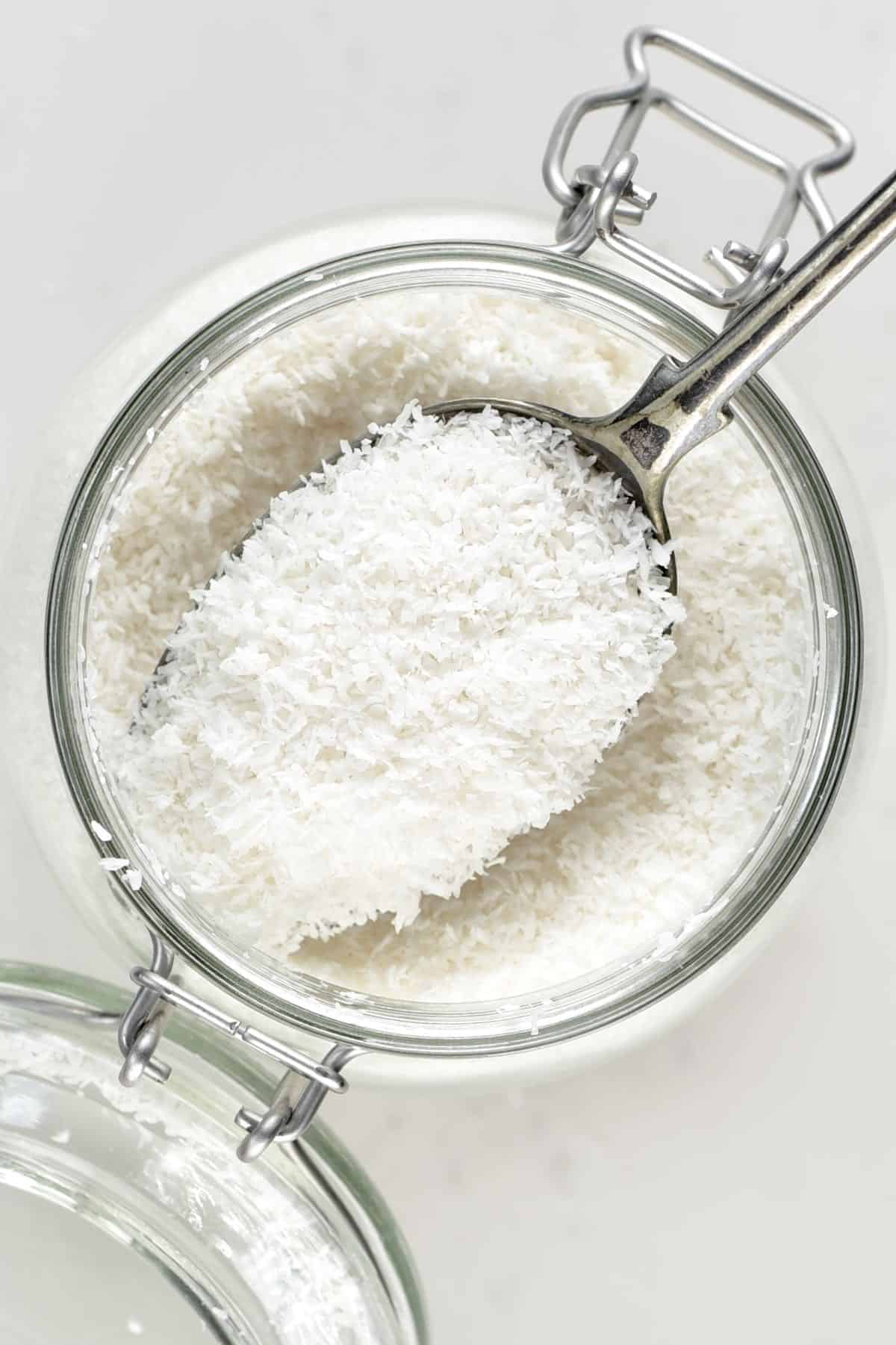
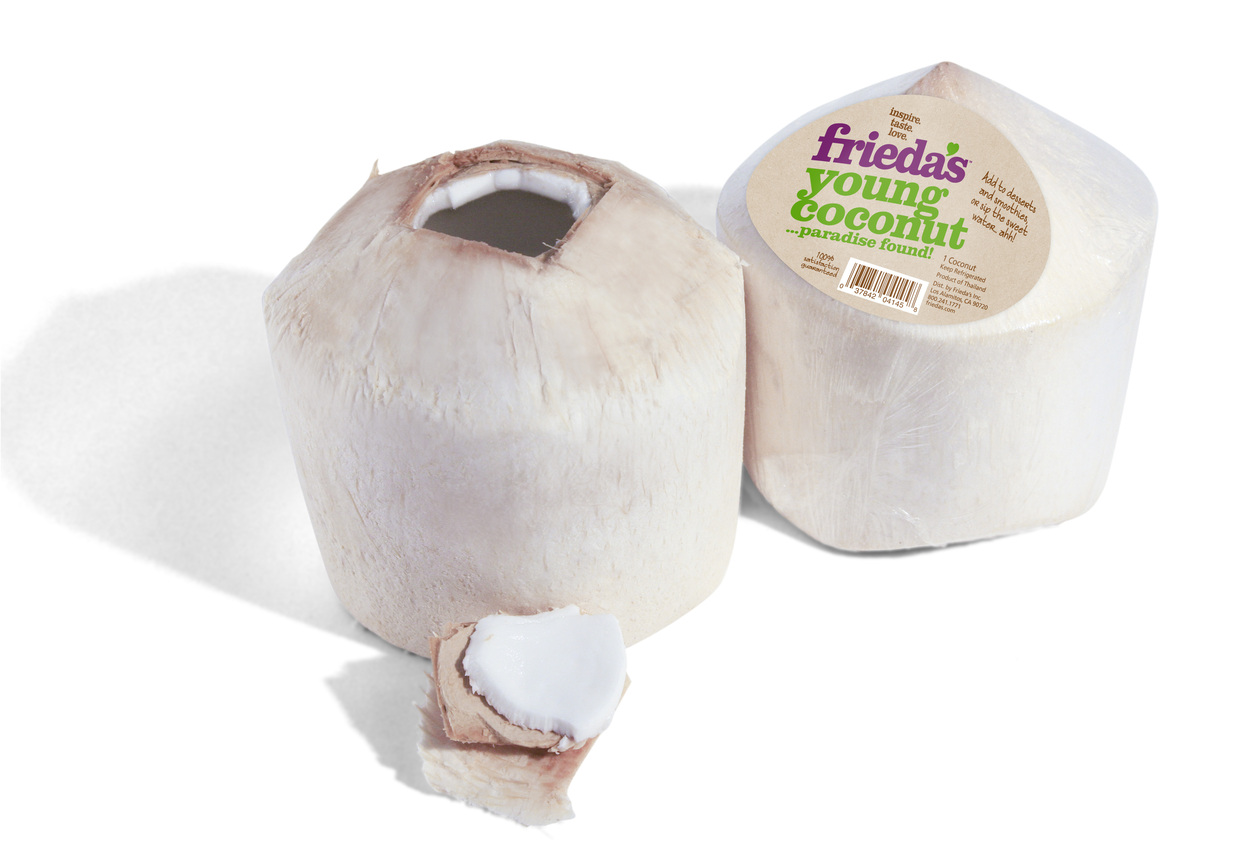
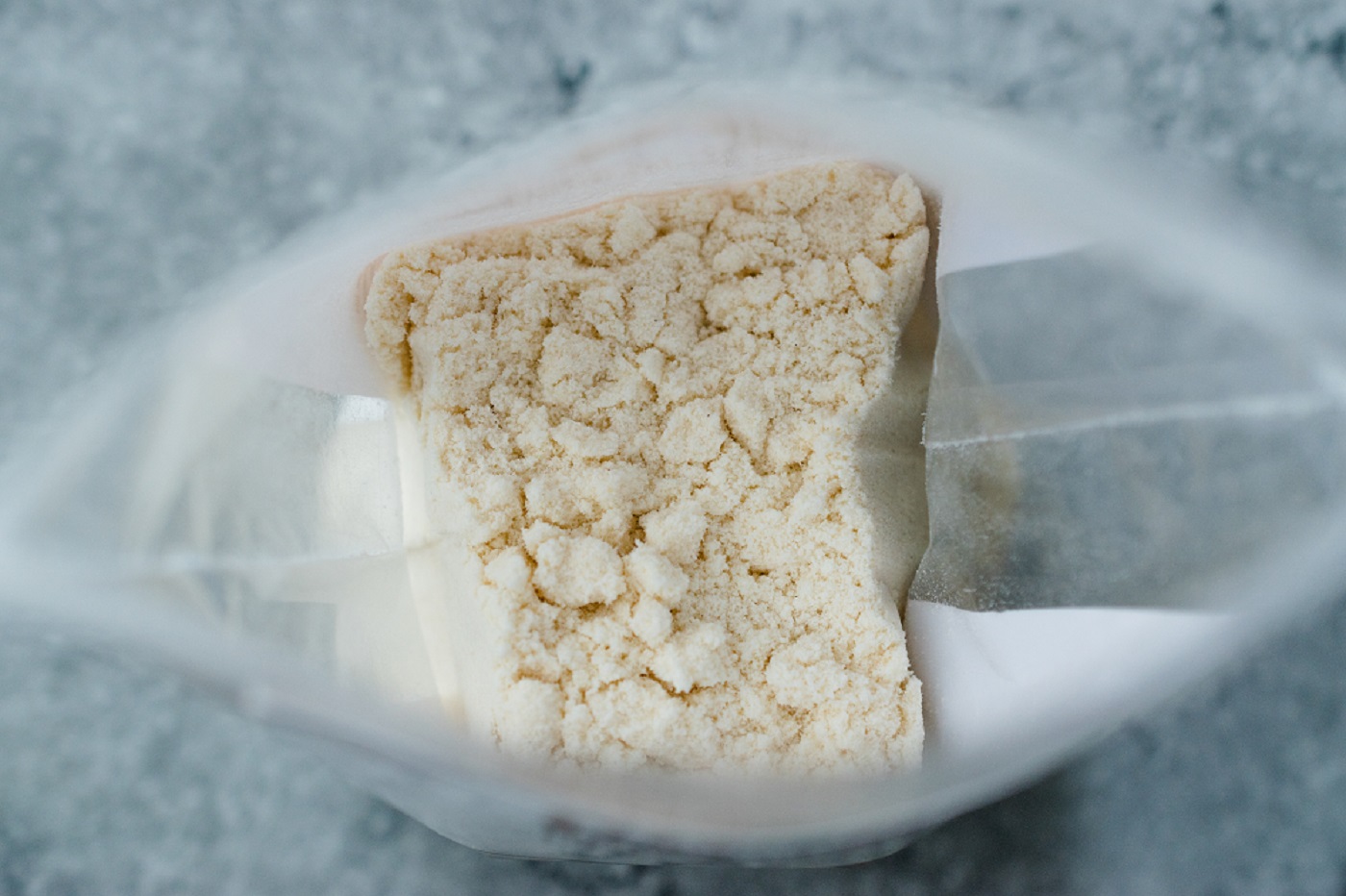
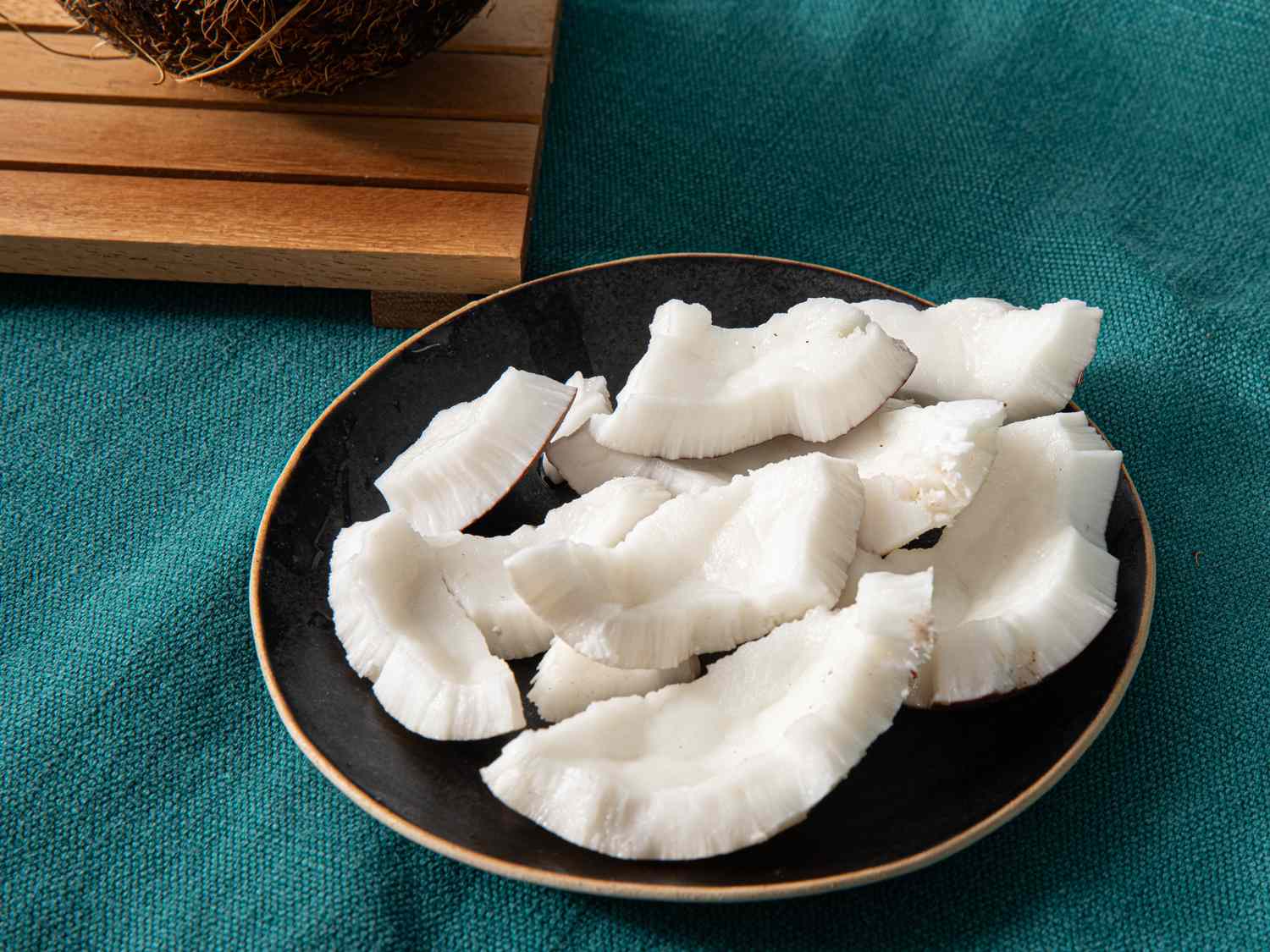
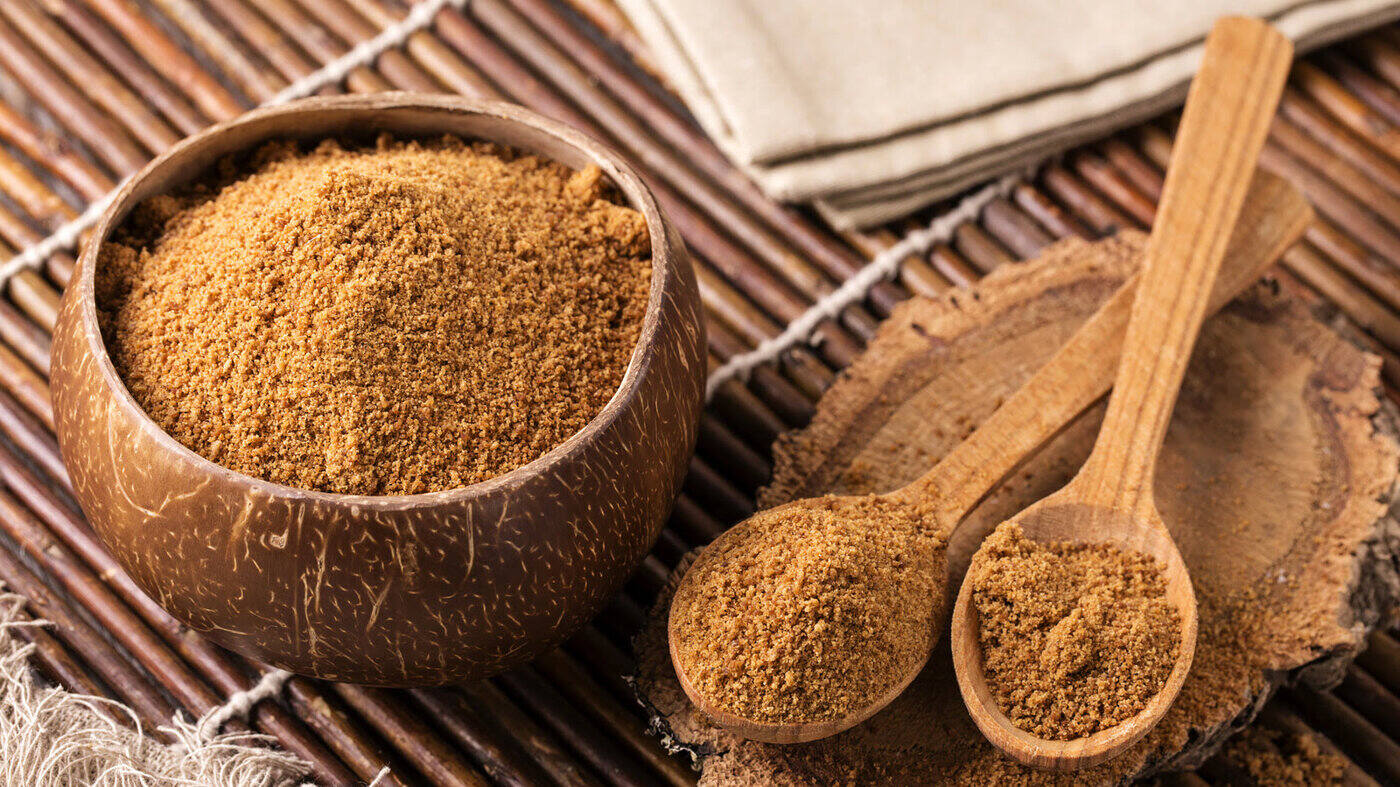
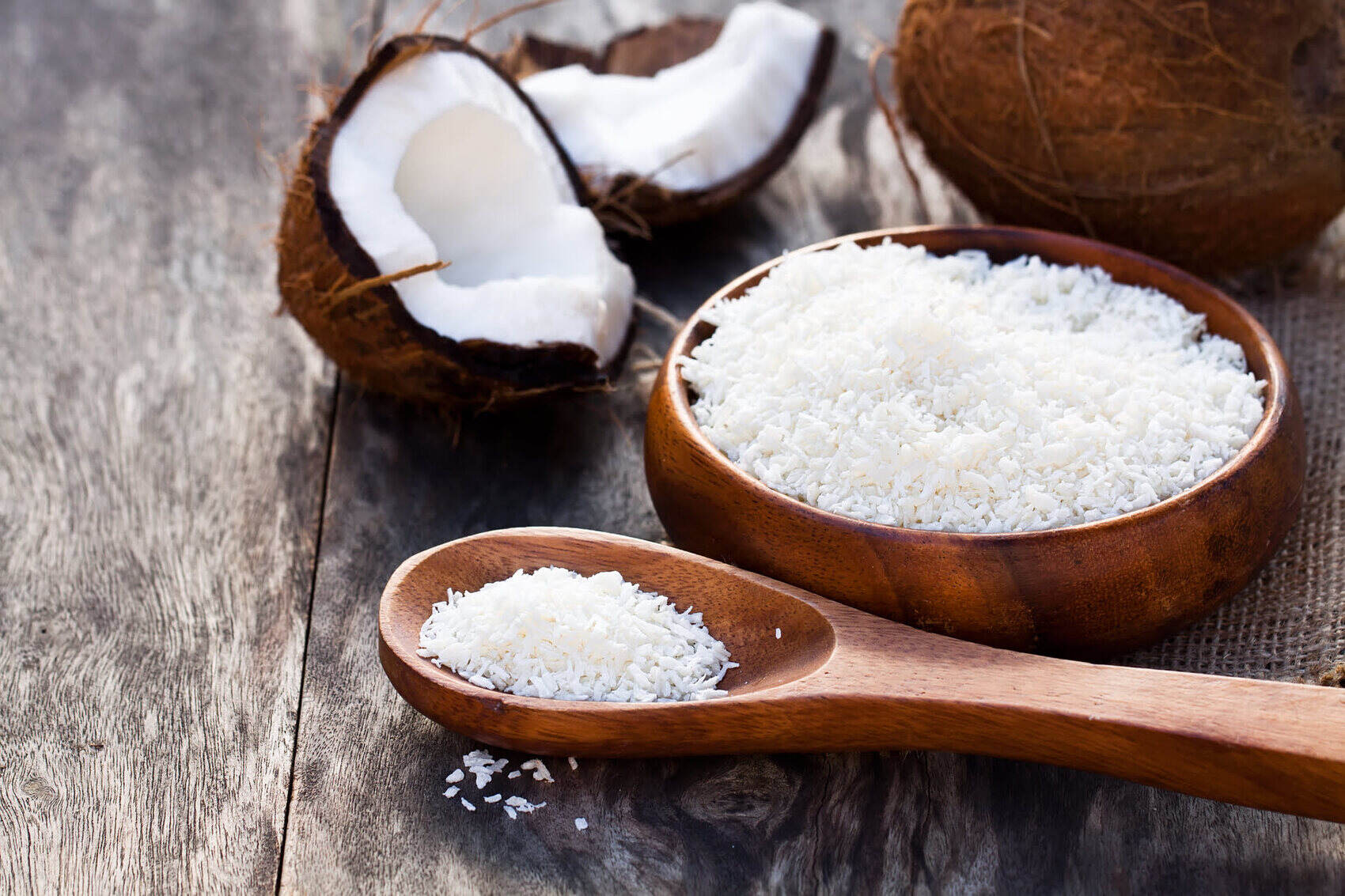
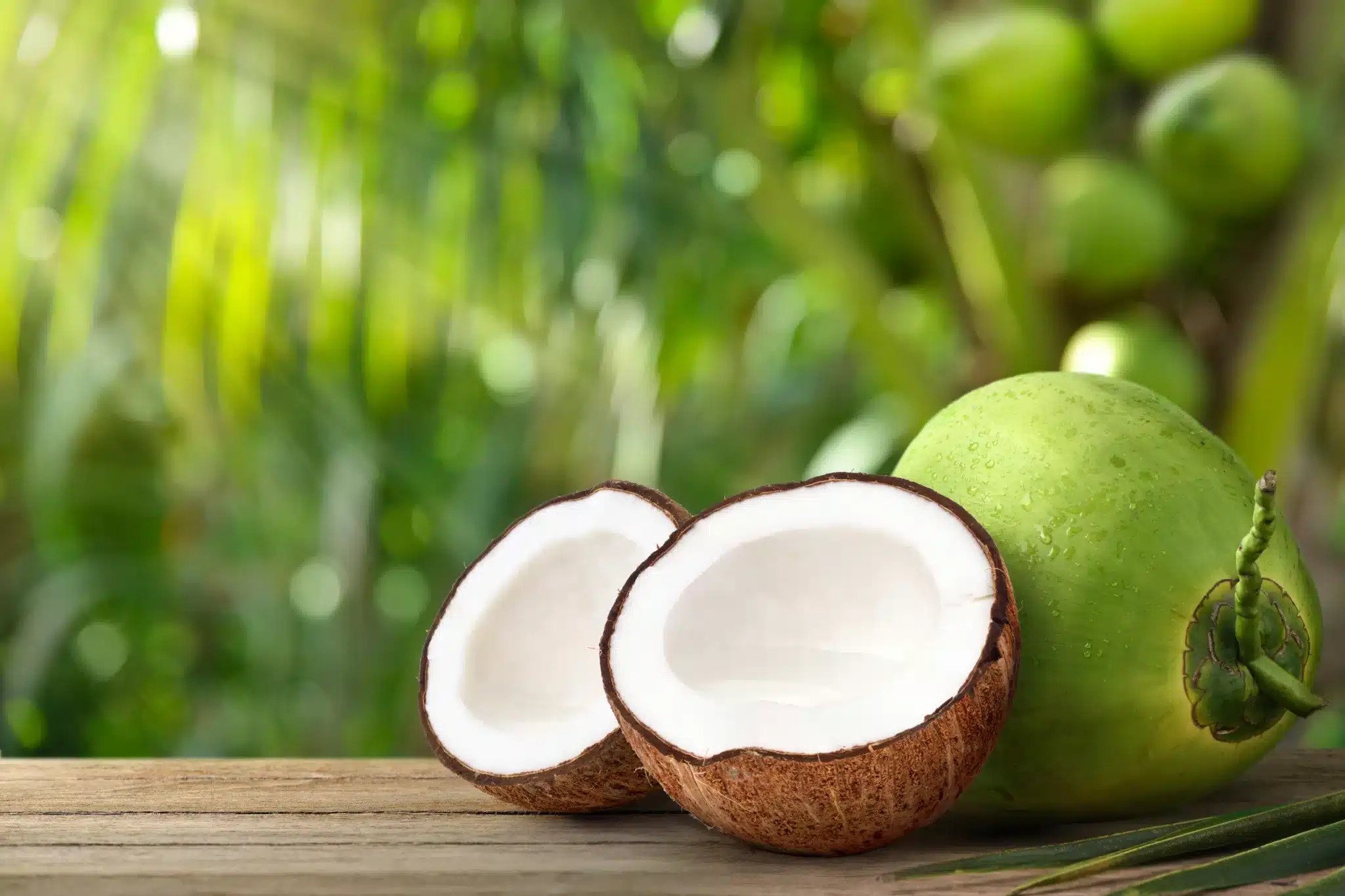
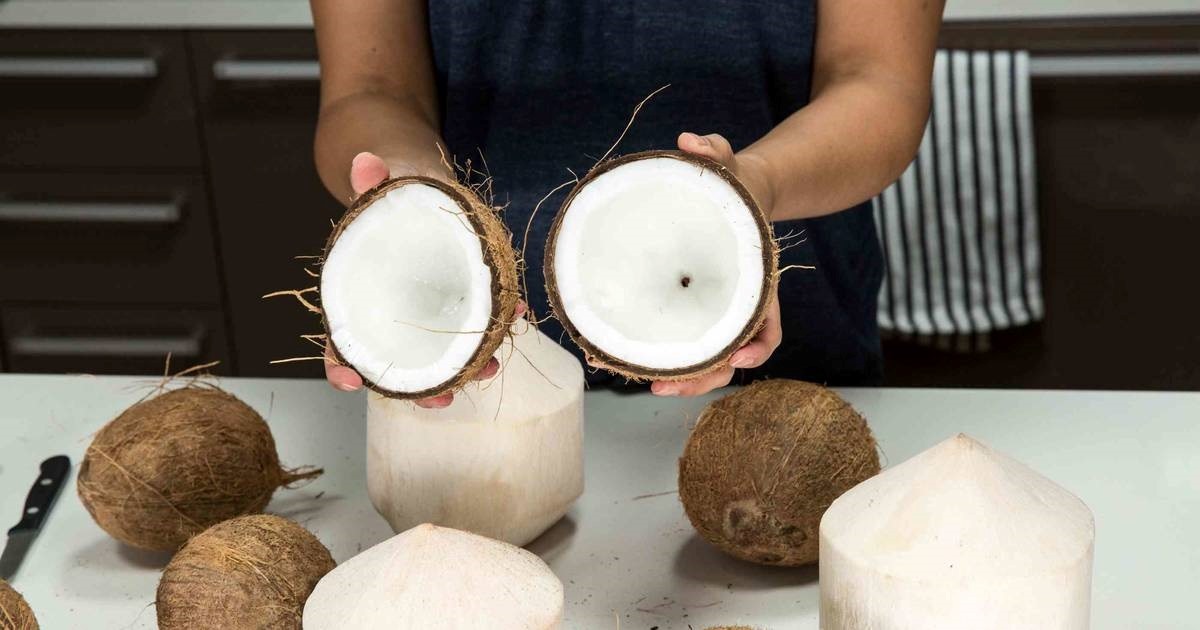
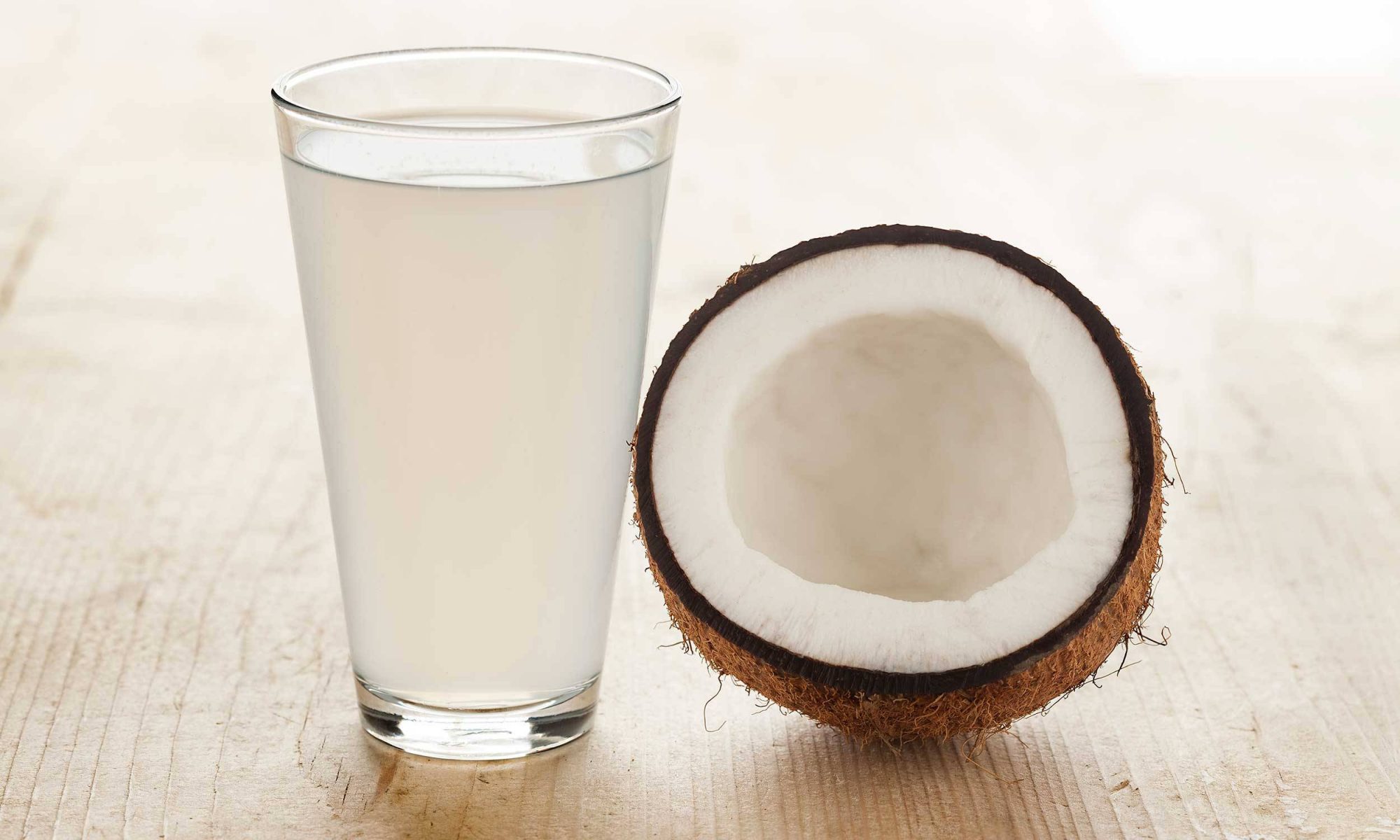
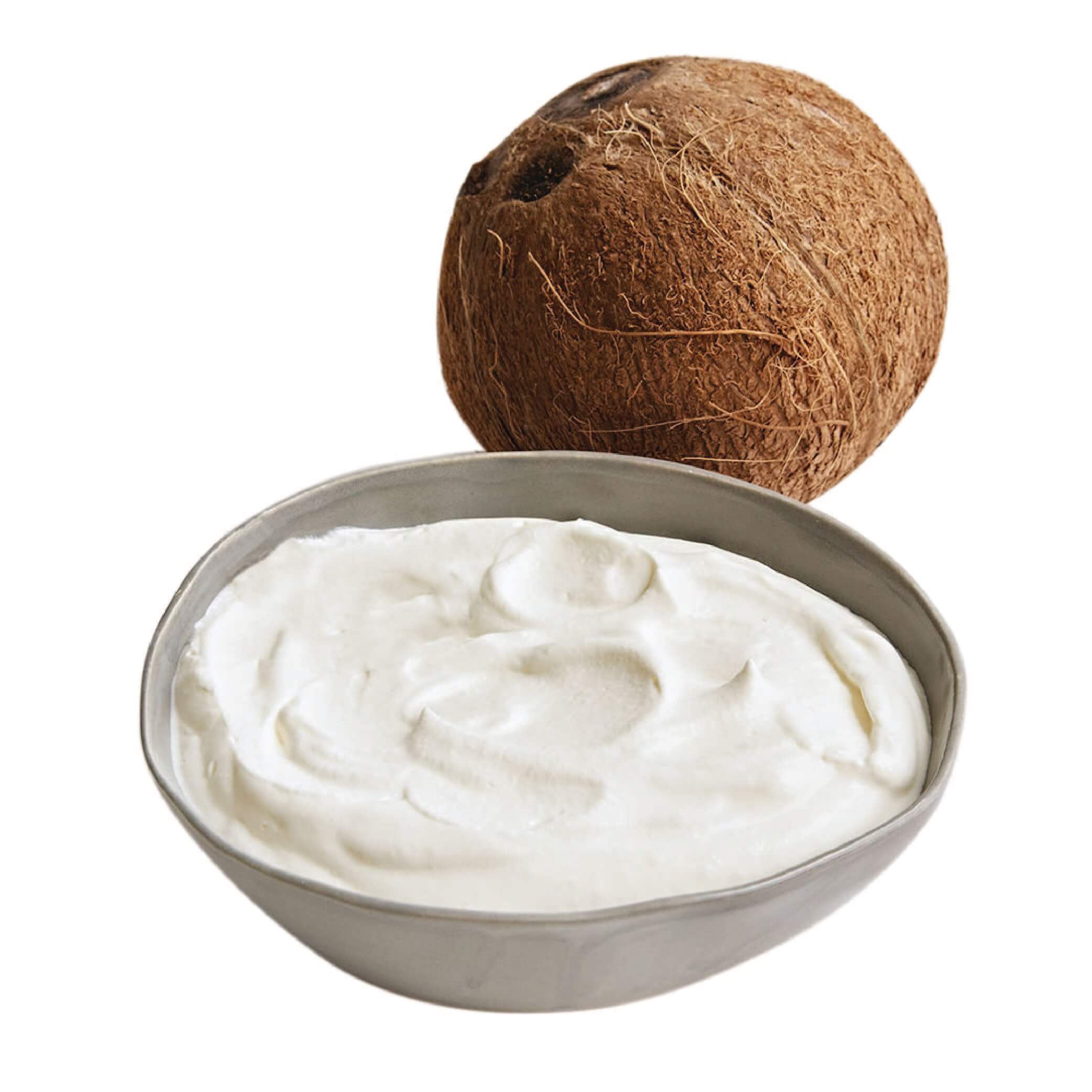
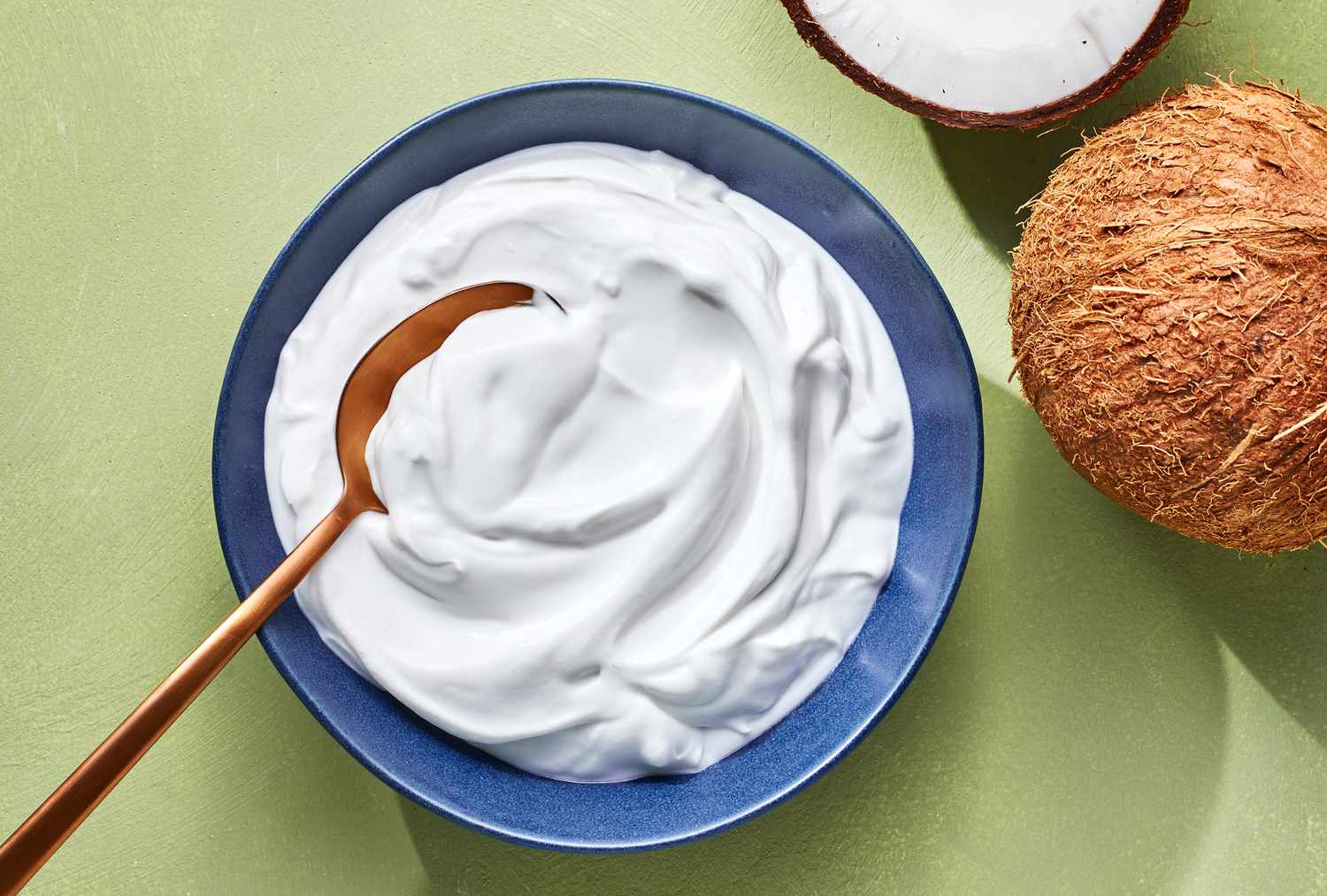
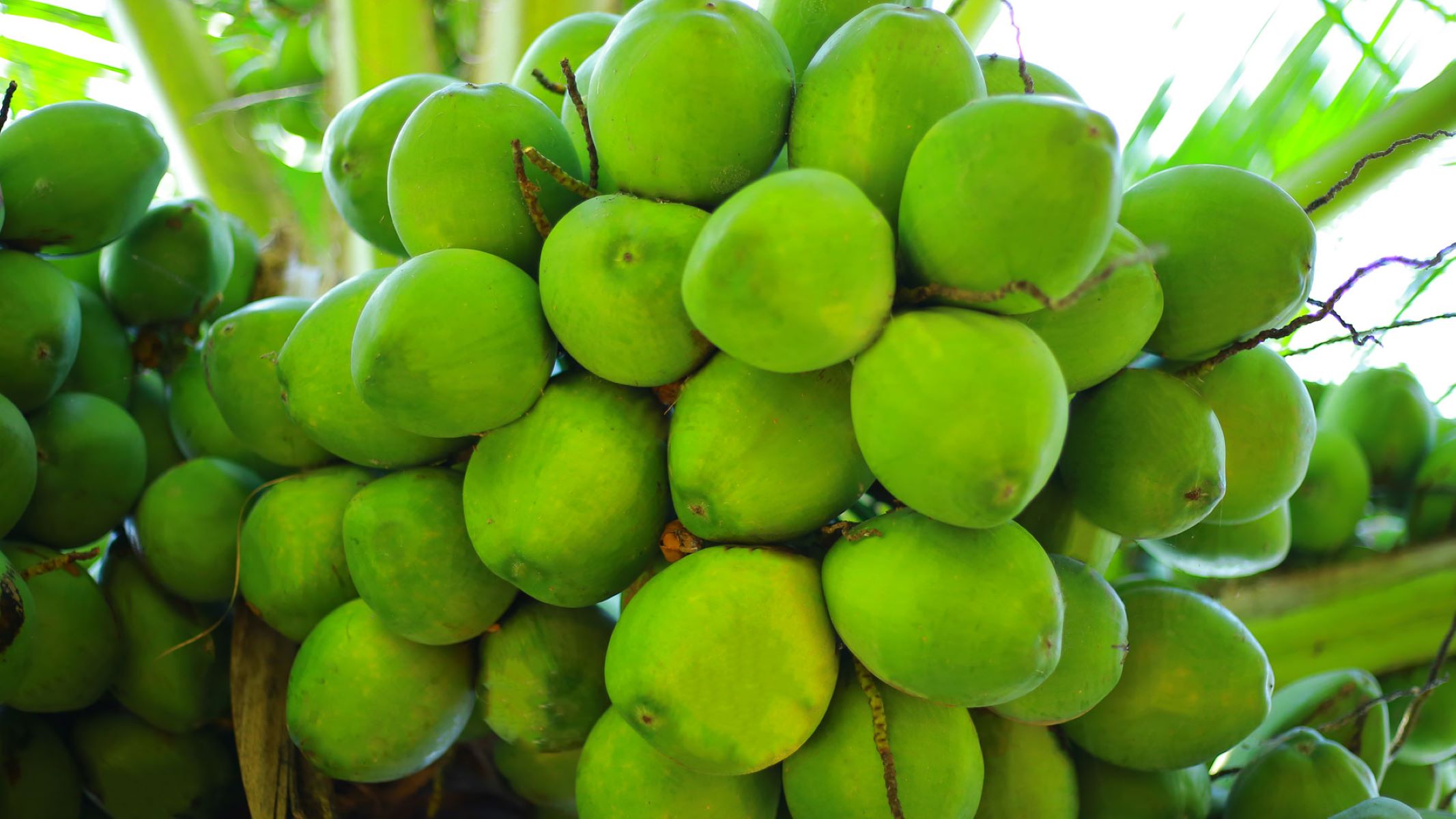
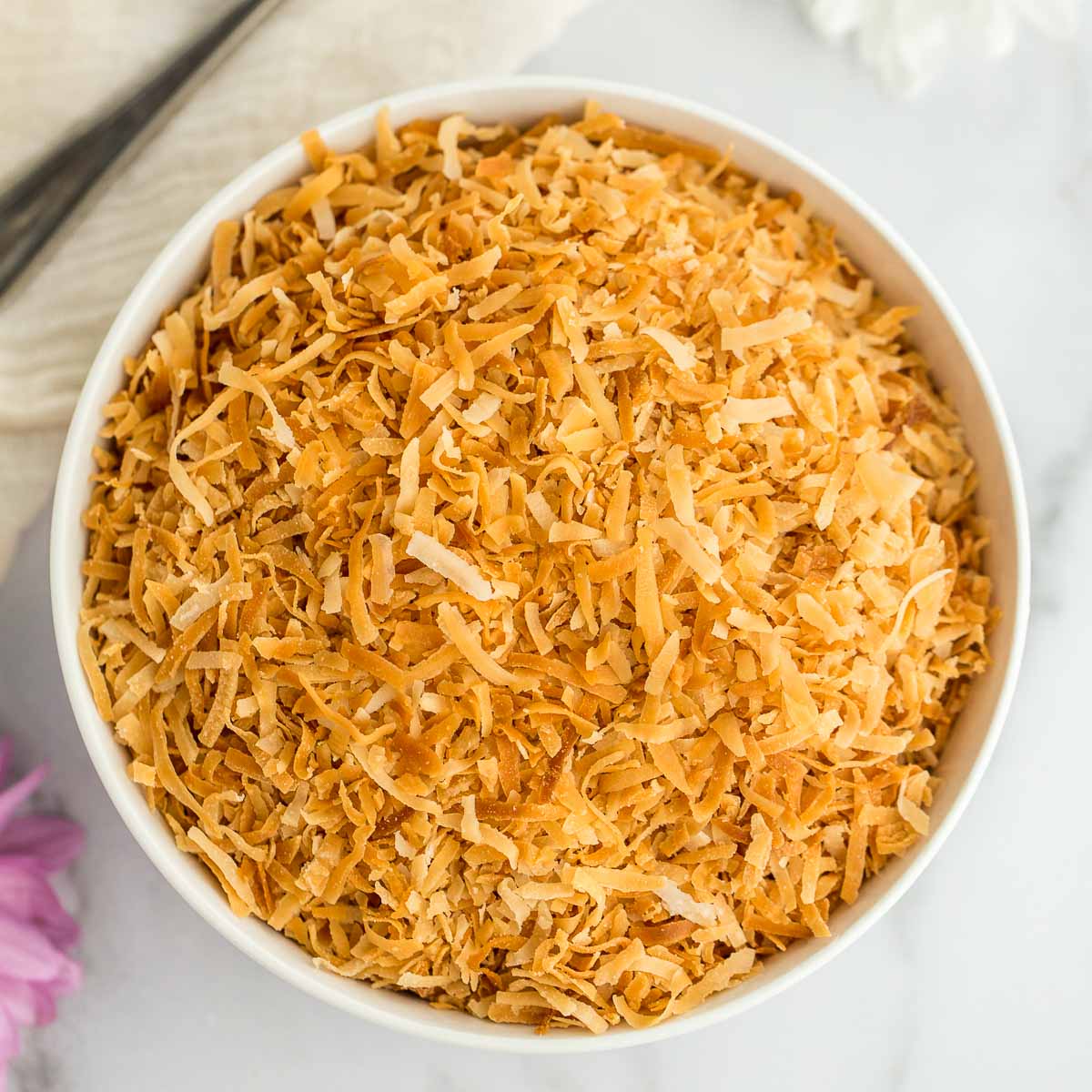

0 thoughts on “How To Store A Coconut”